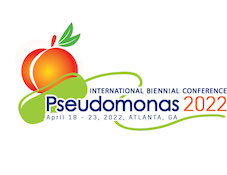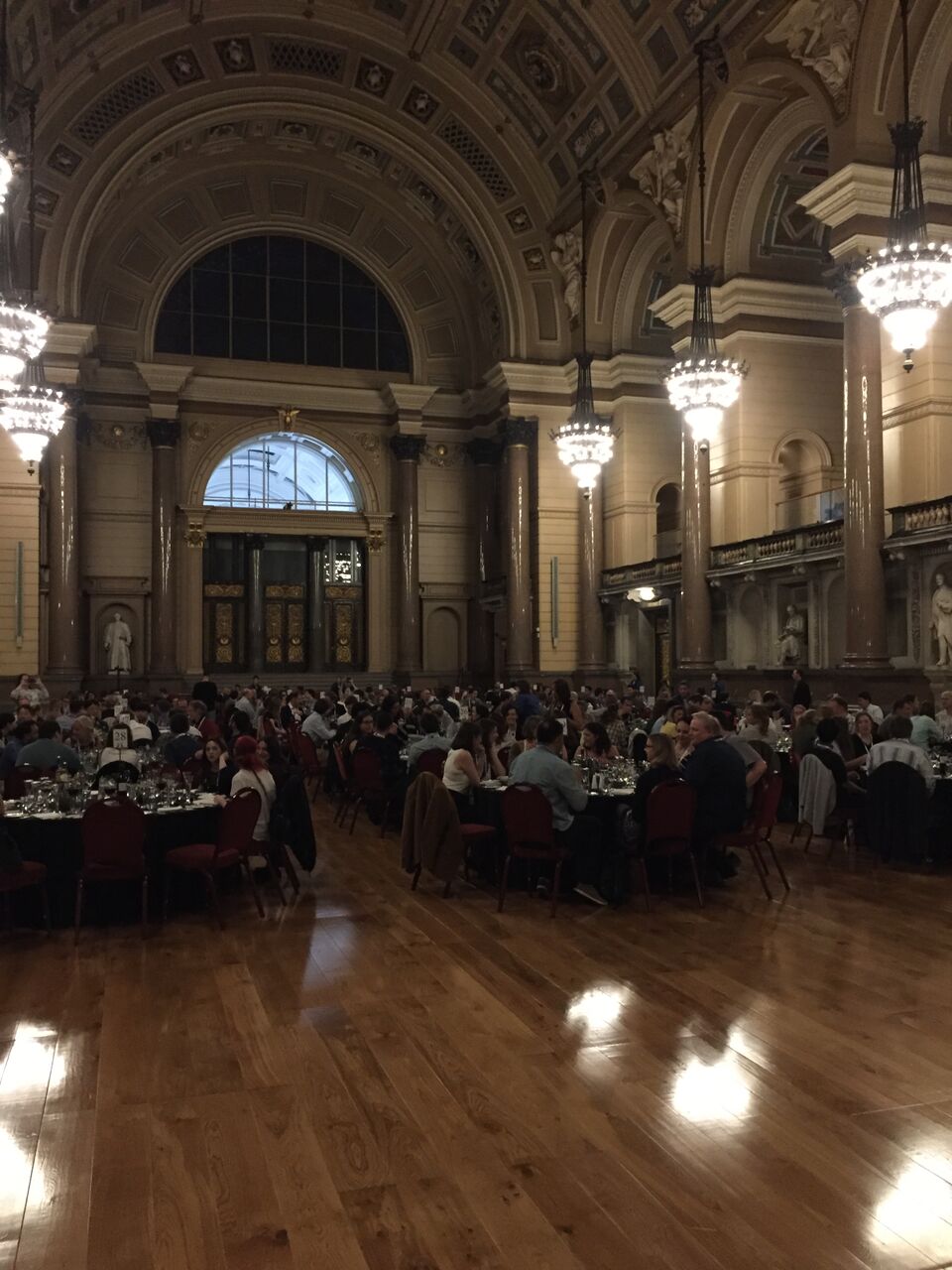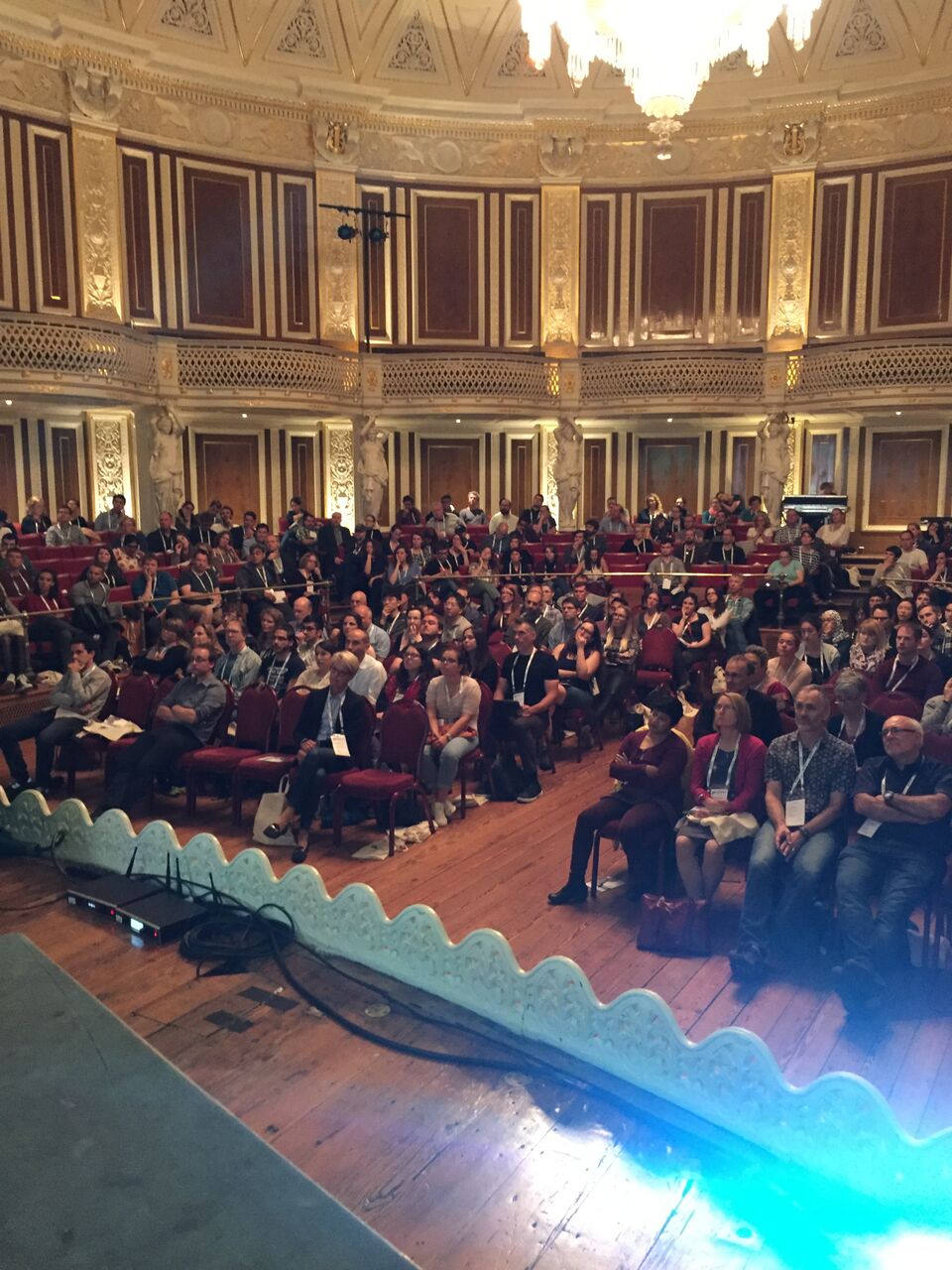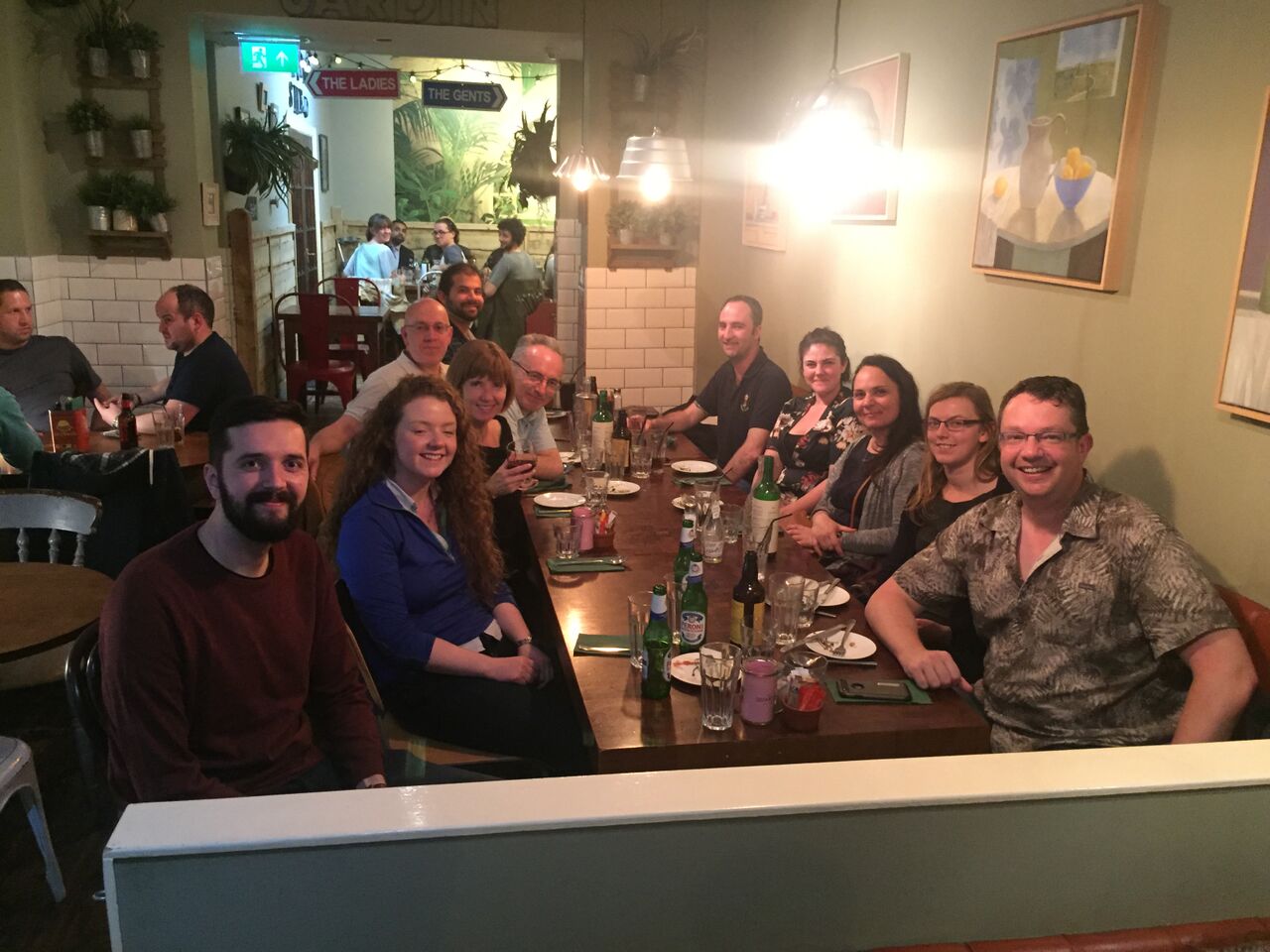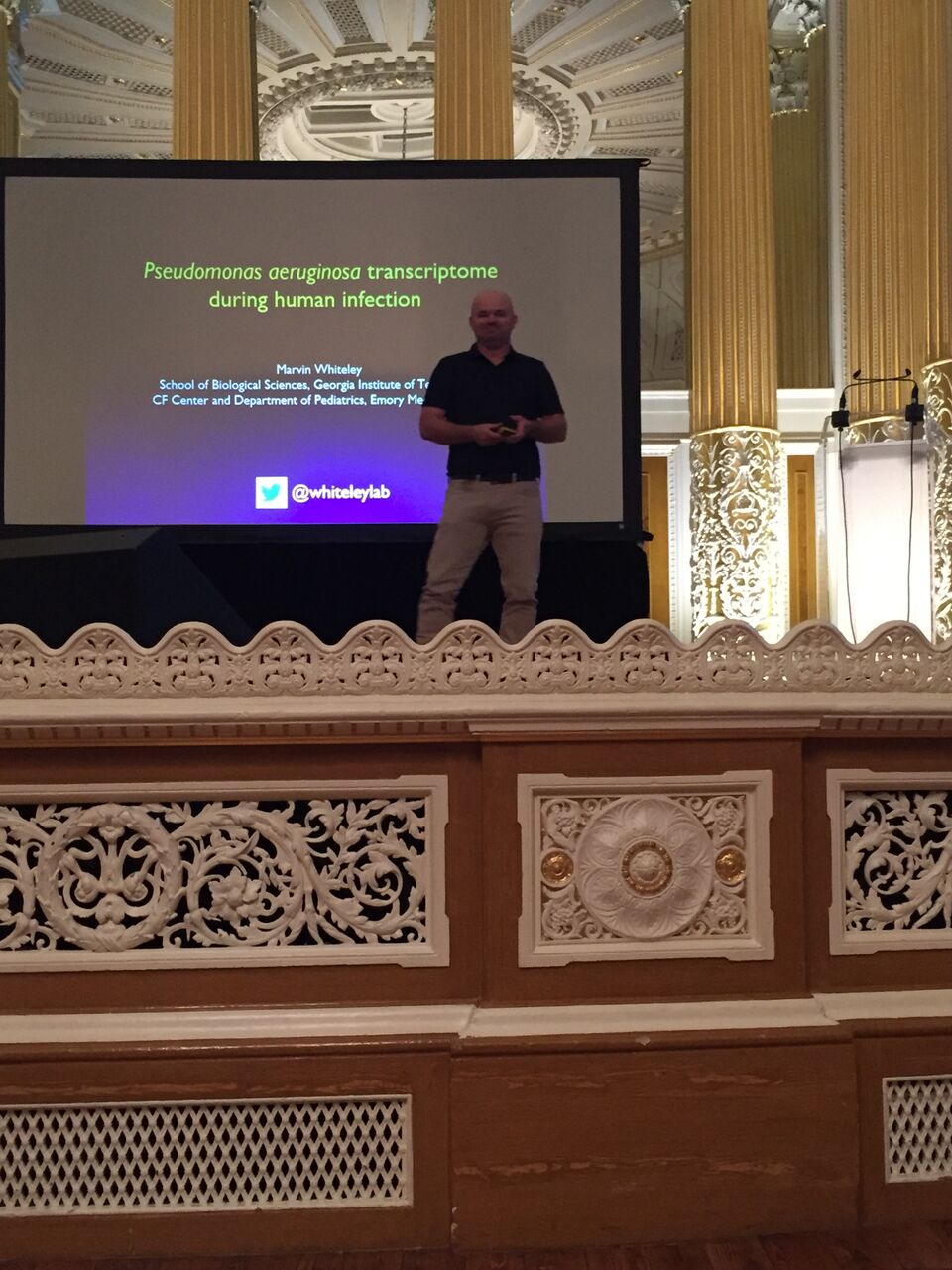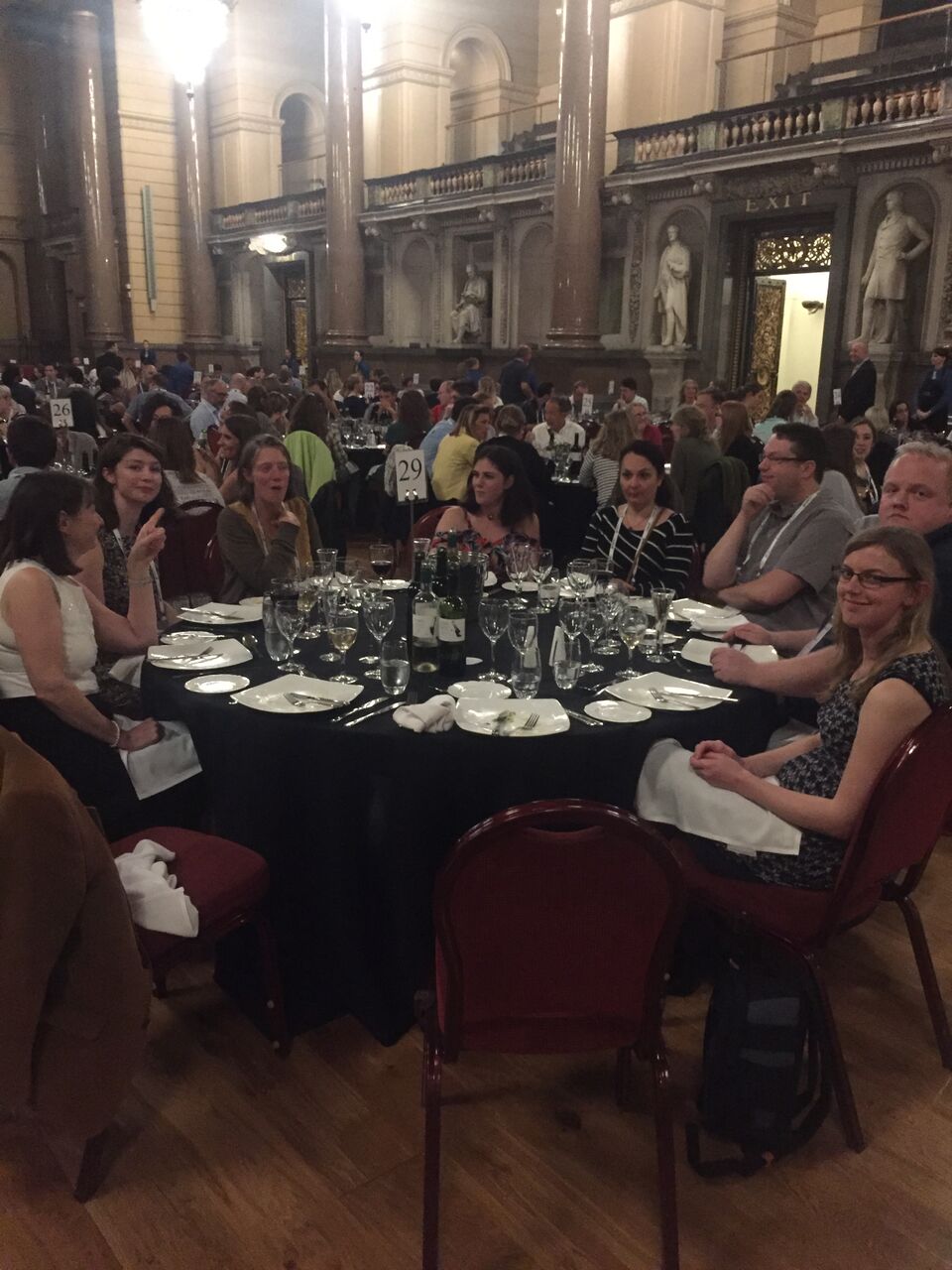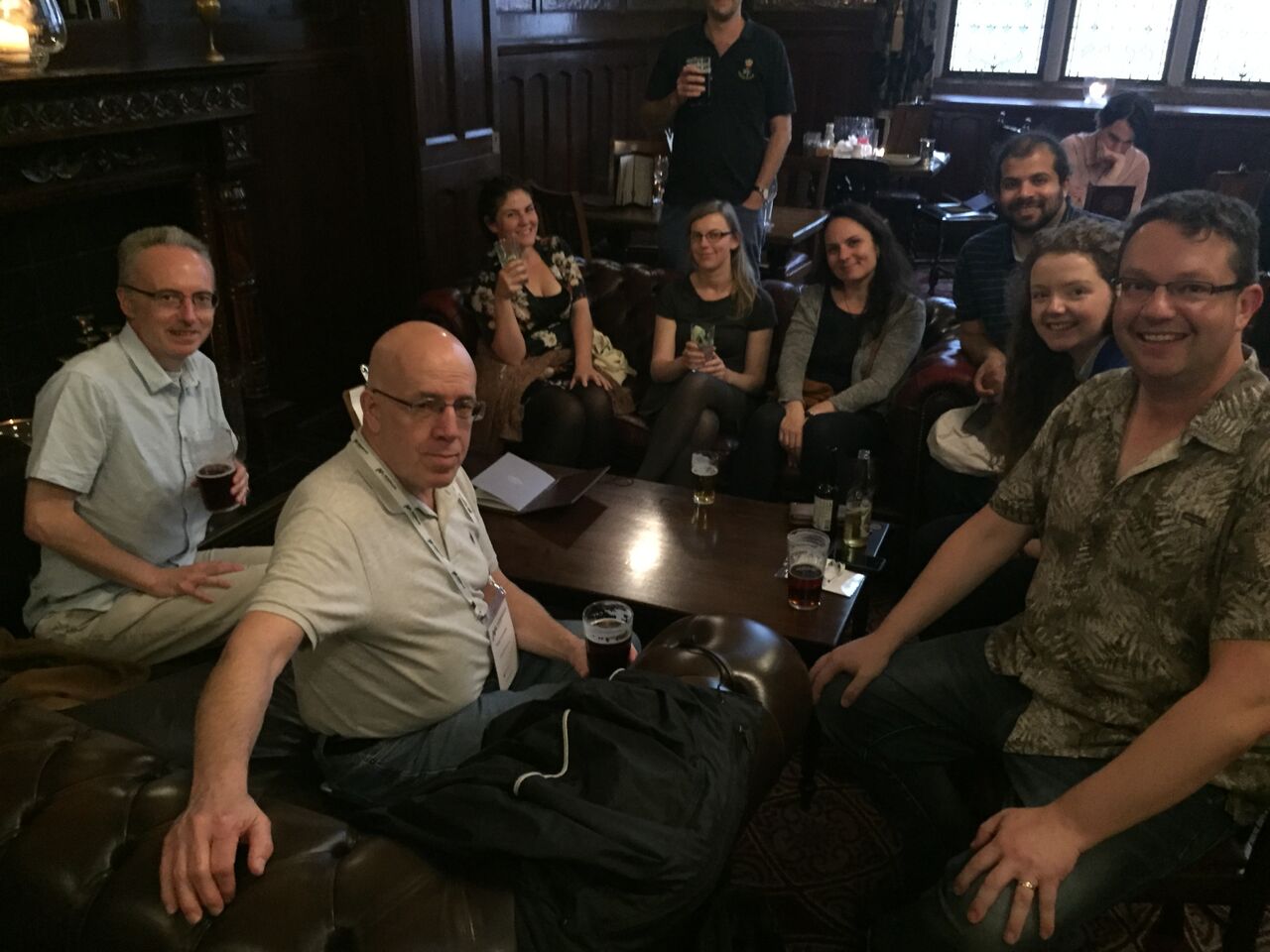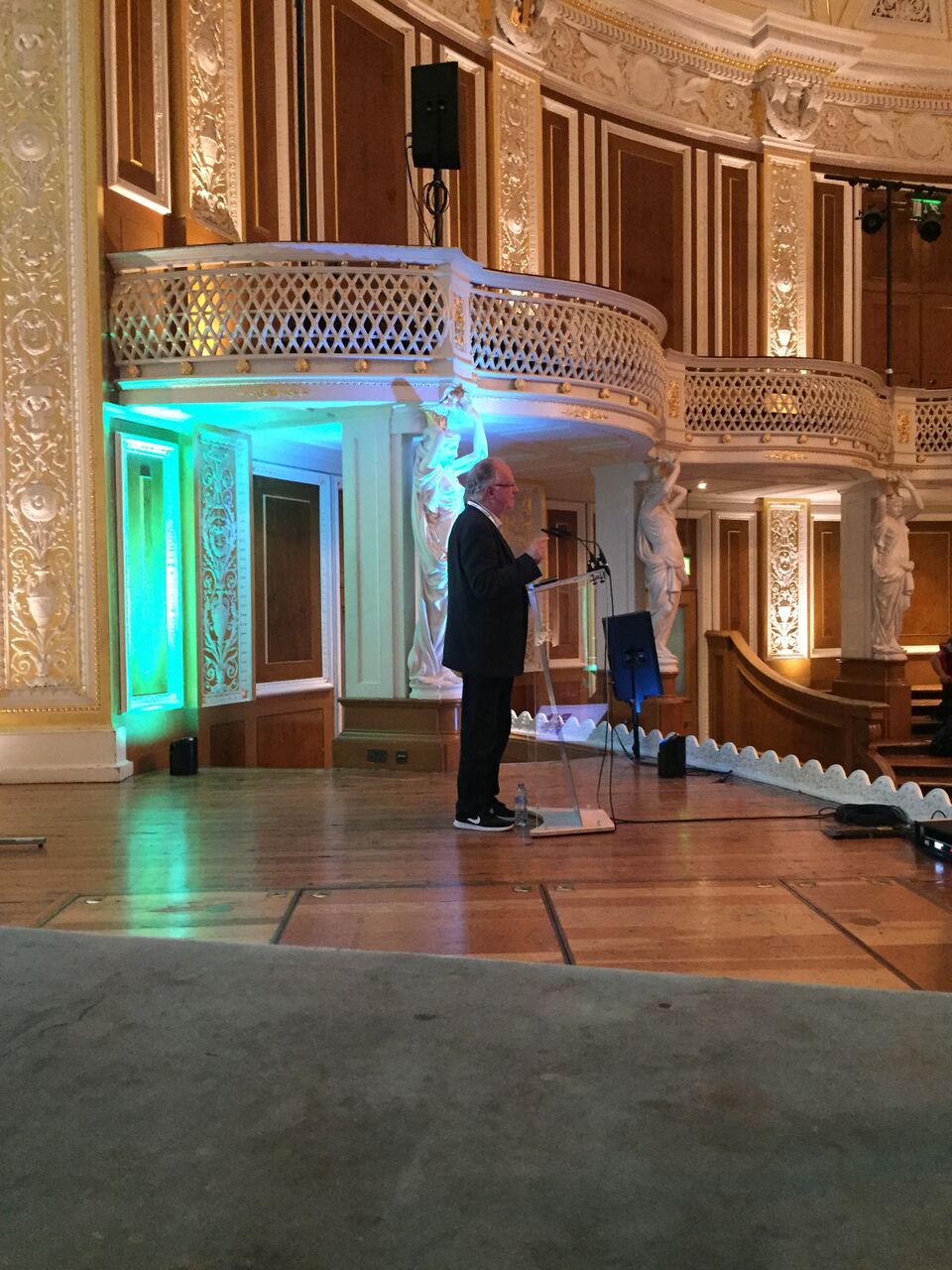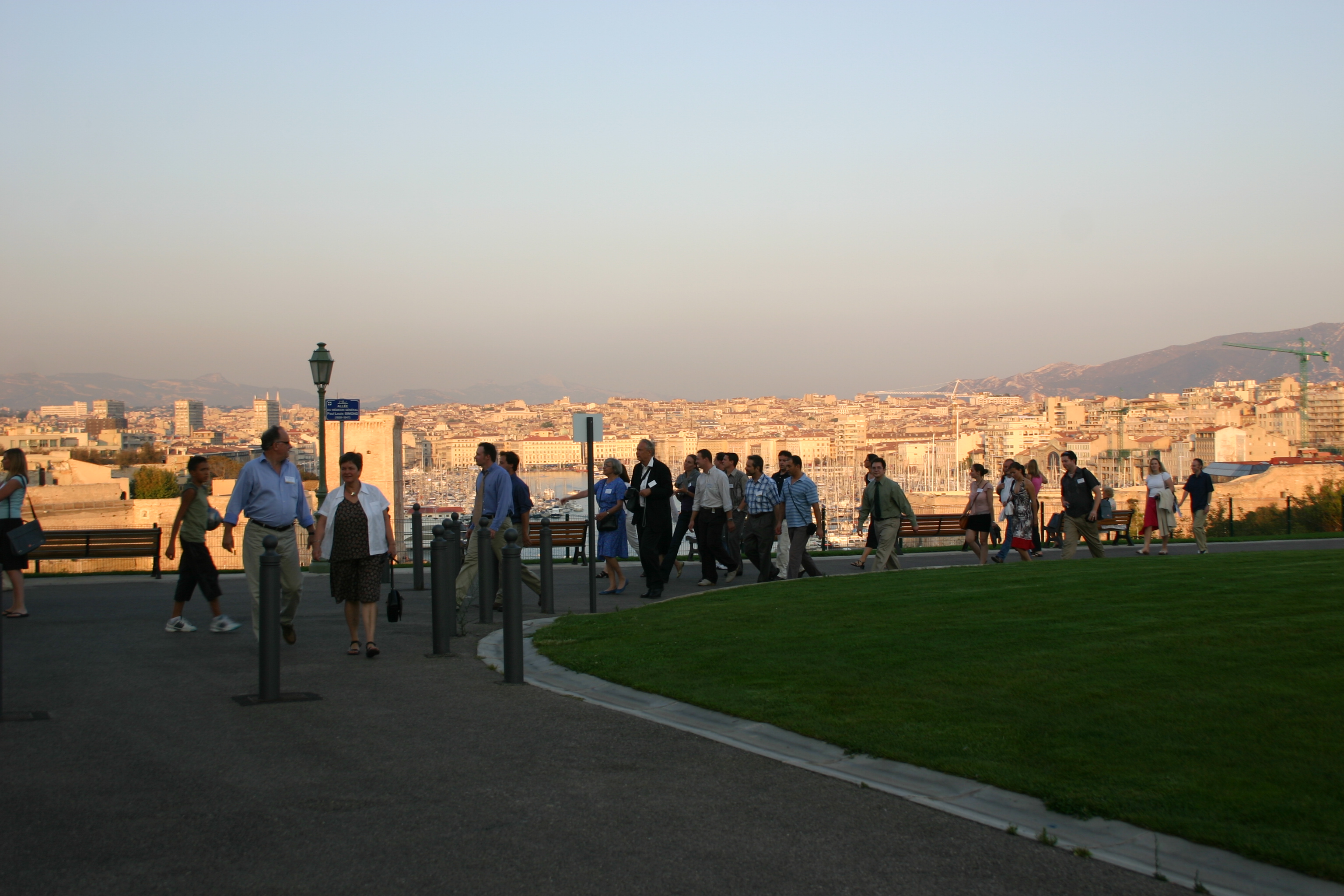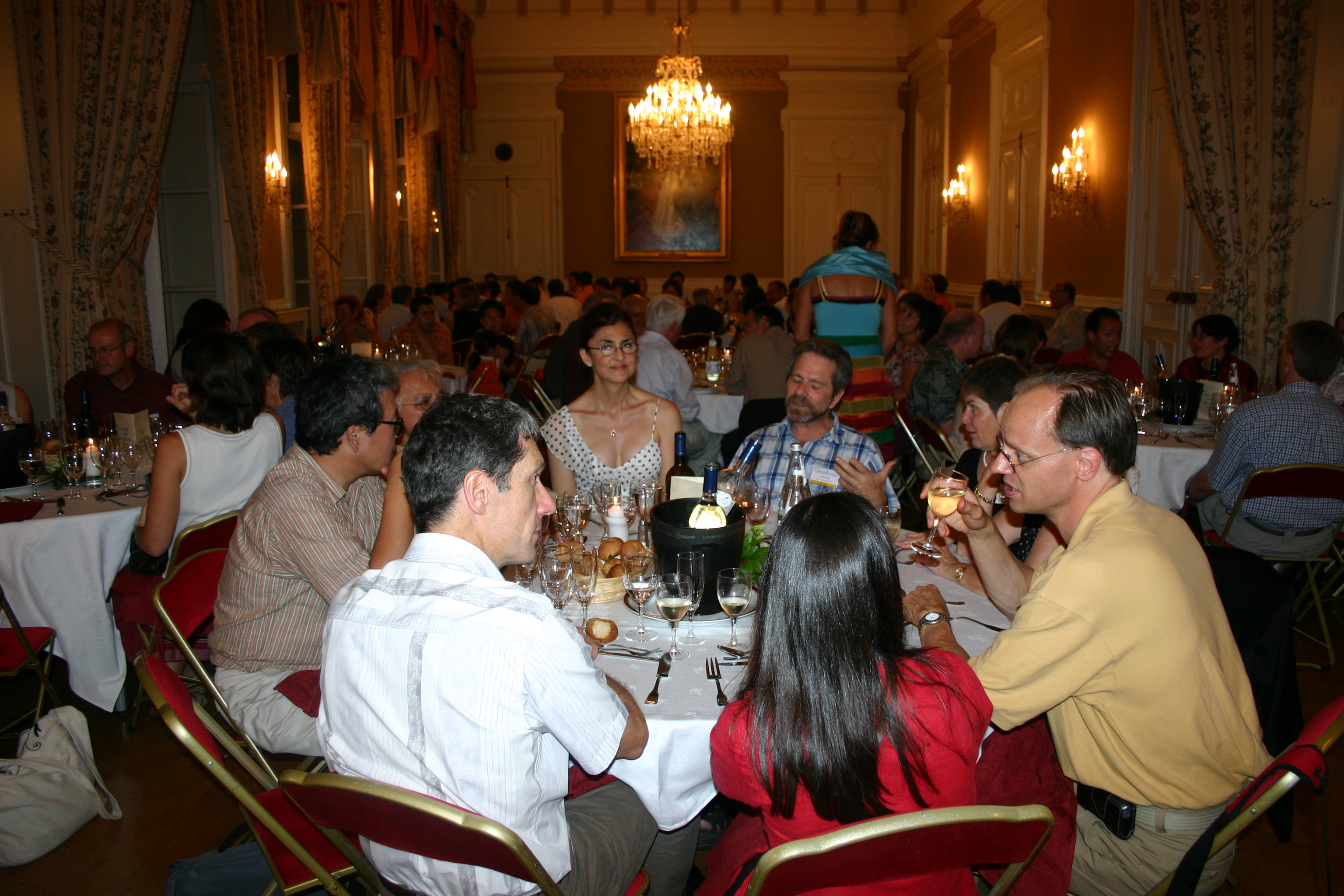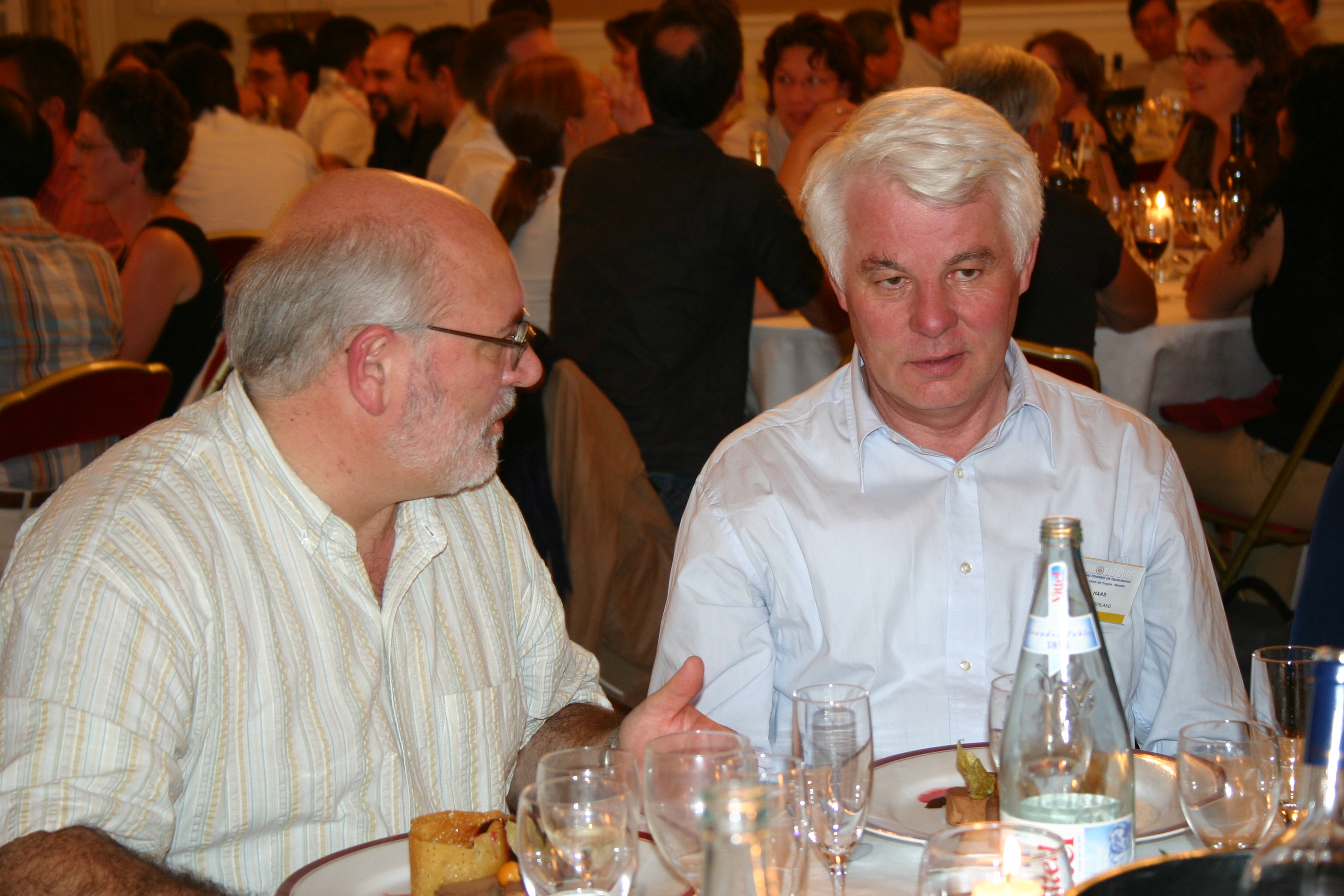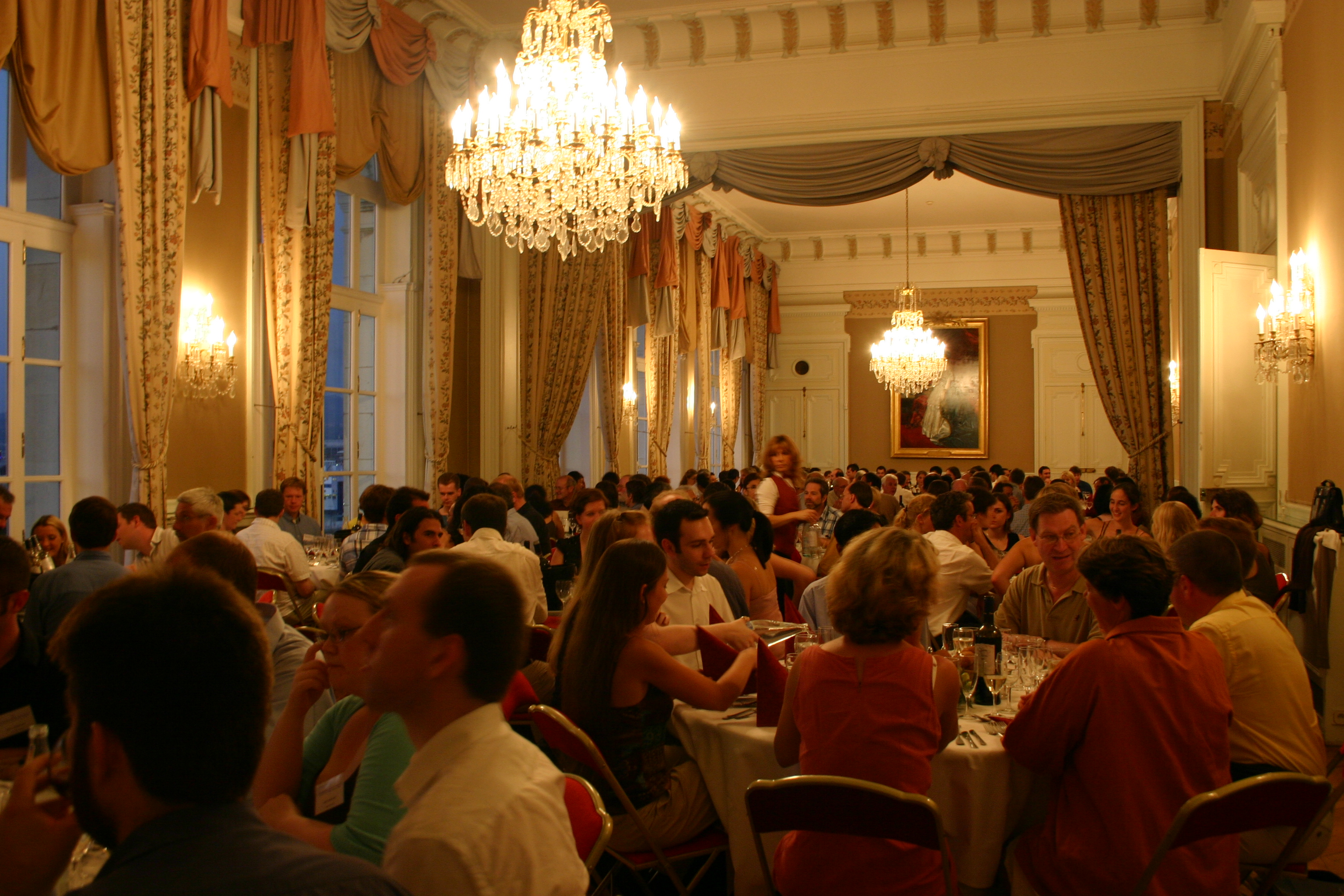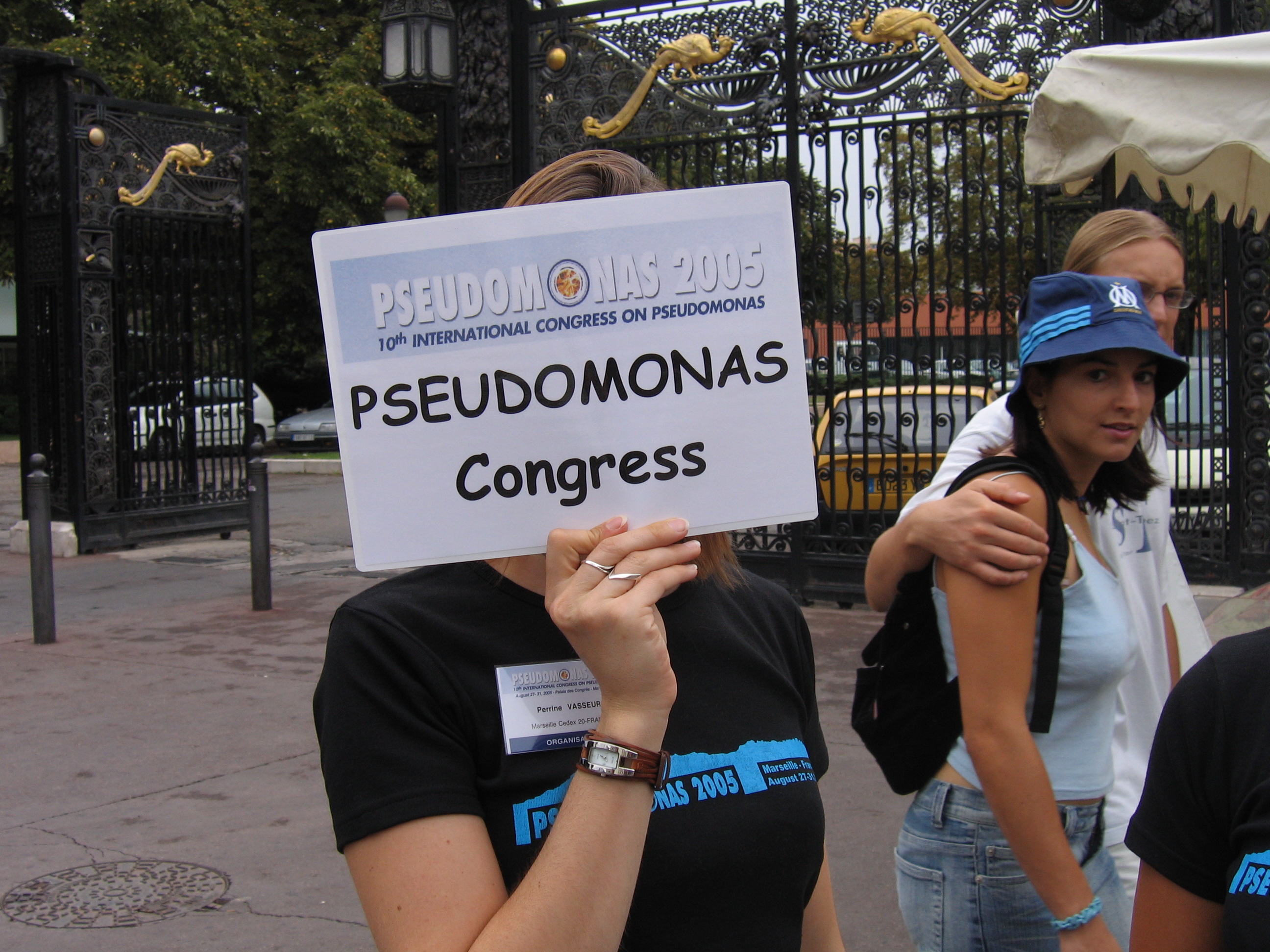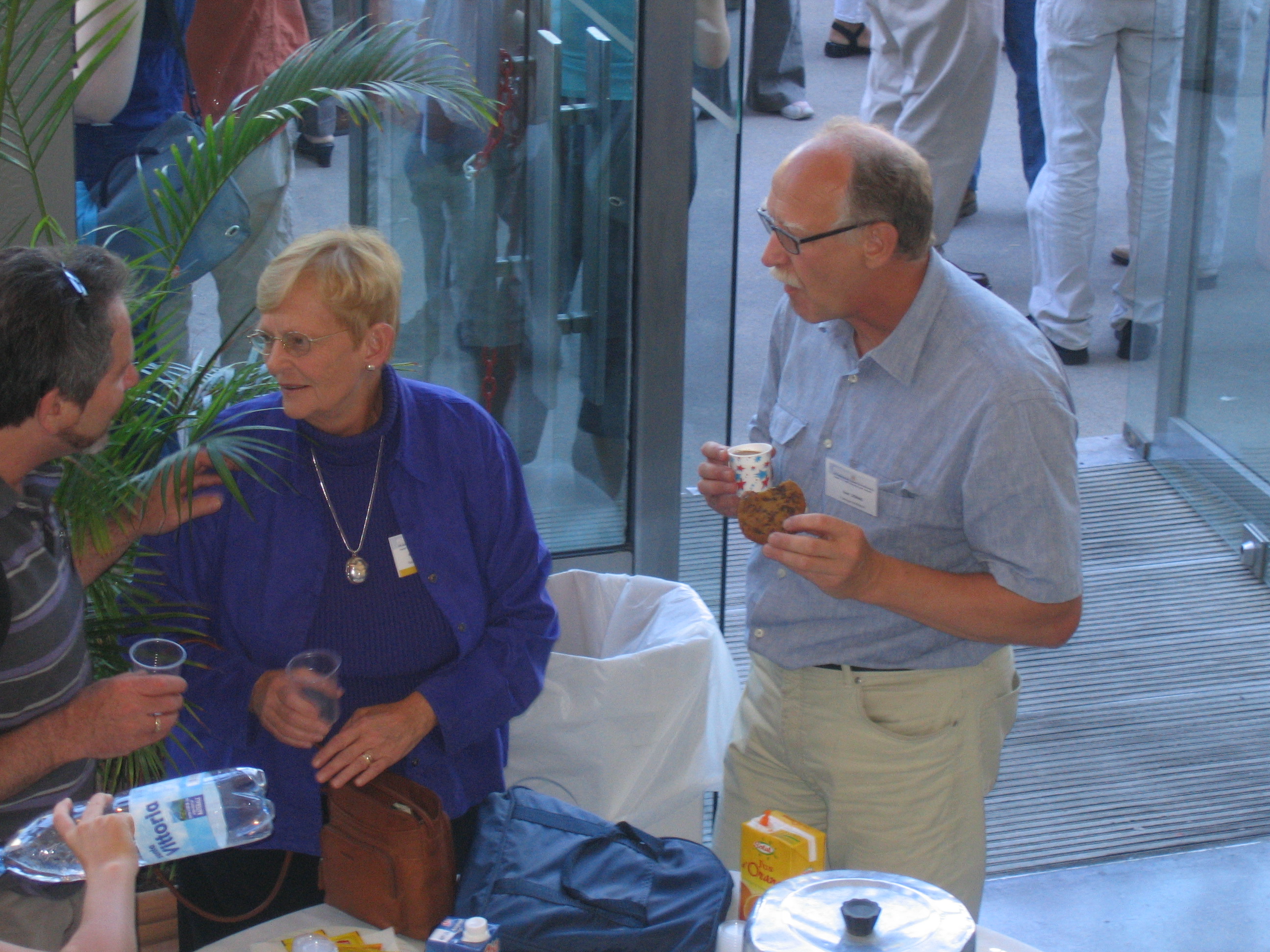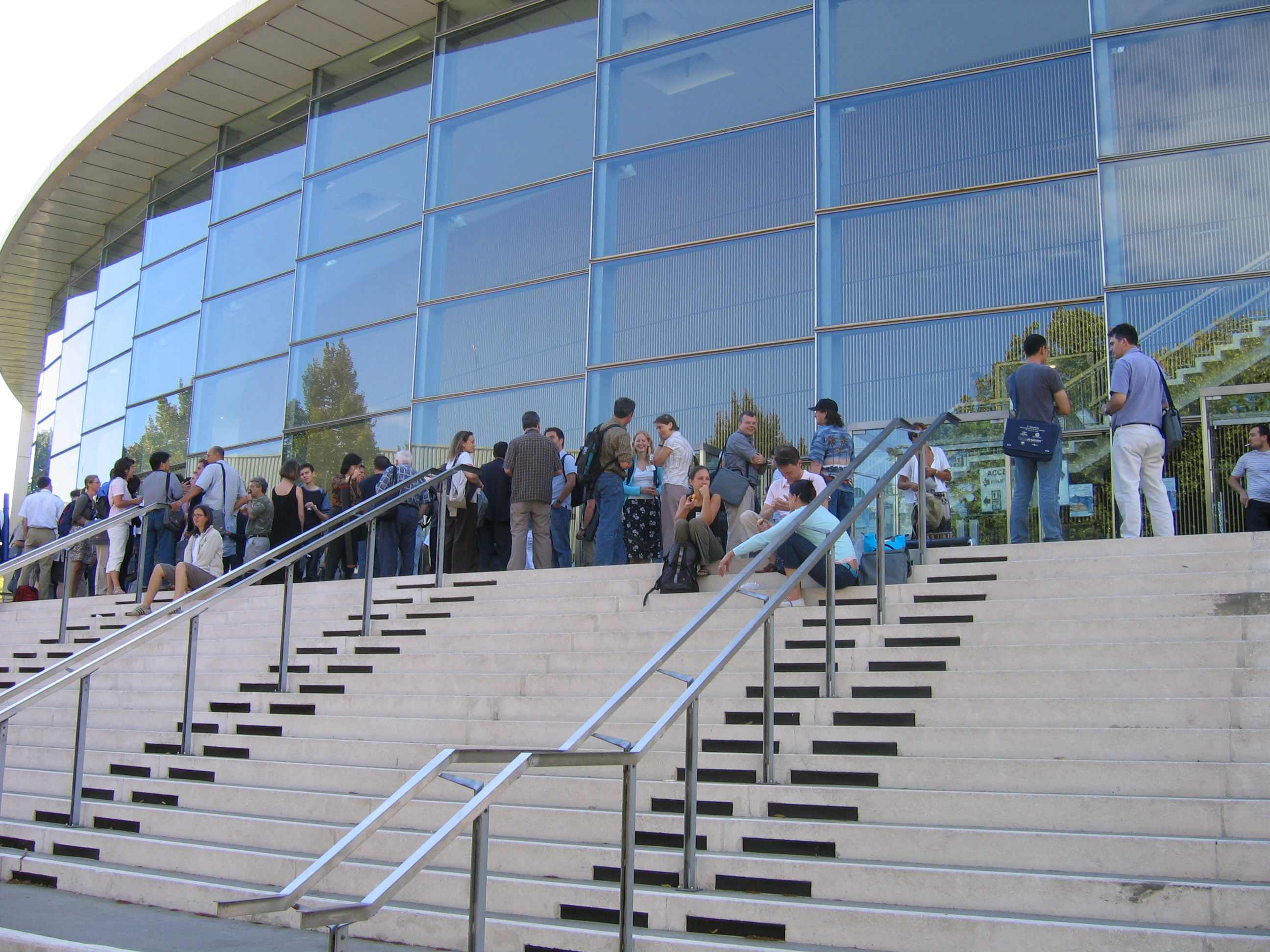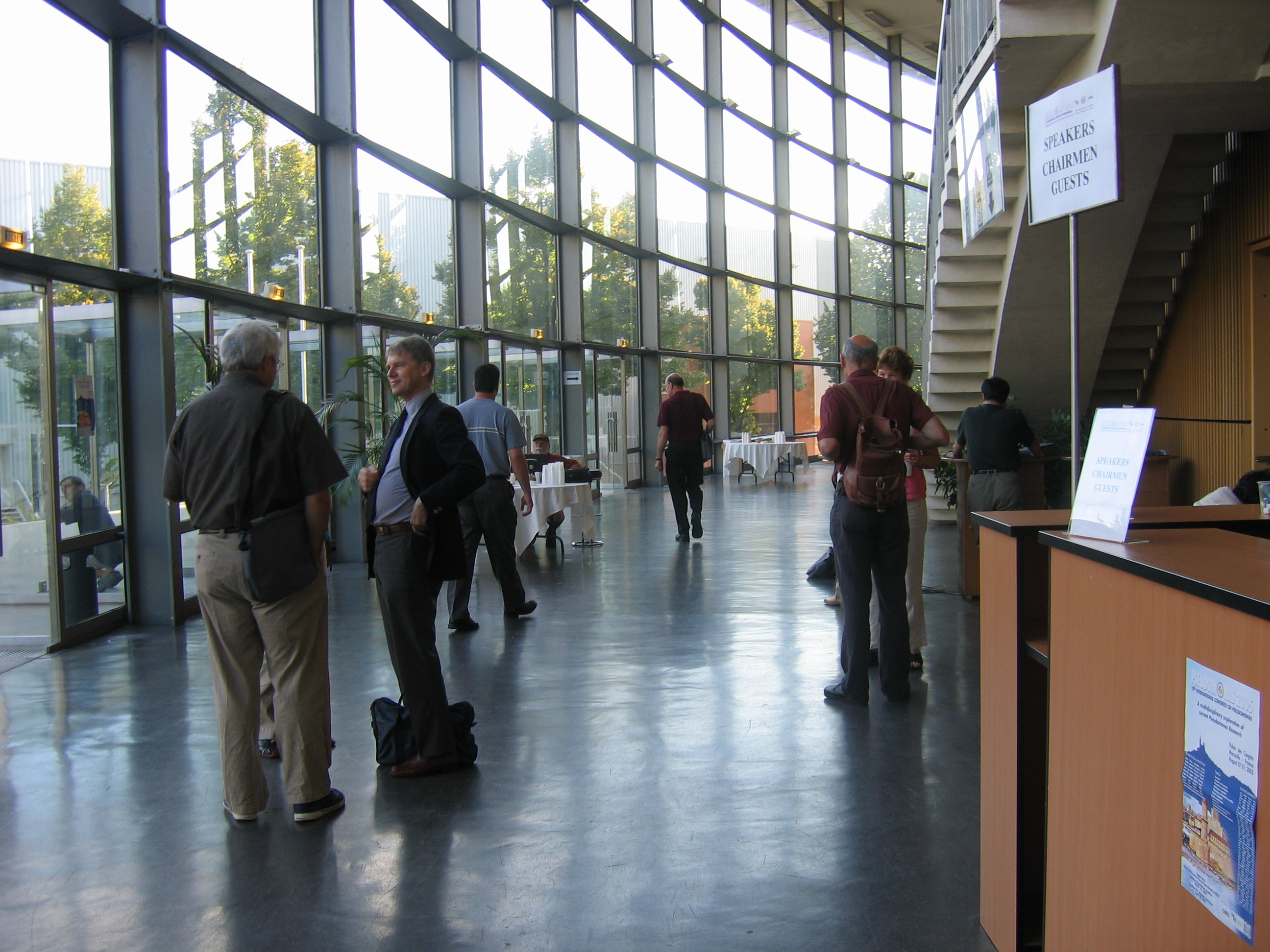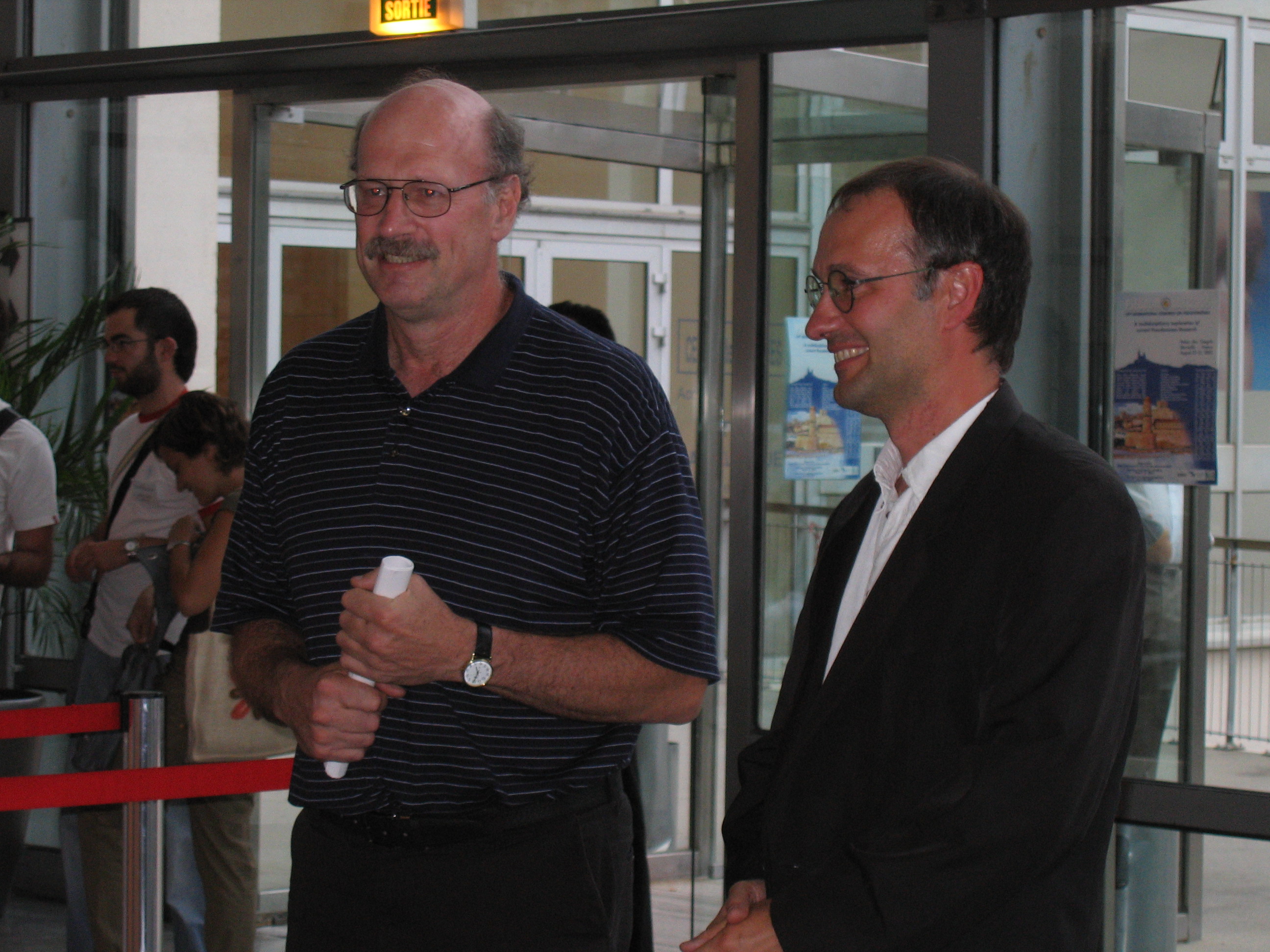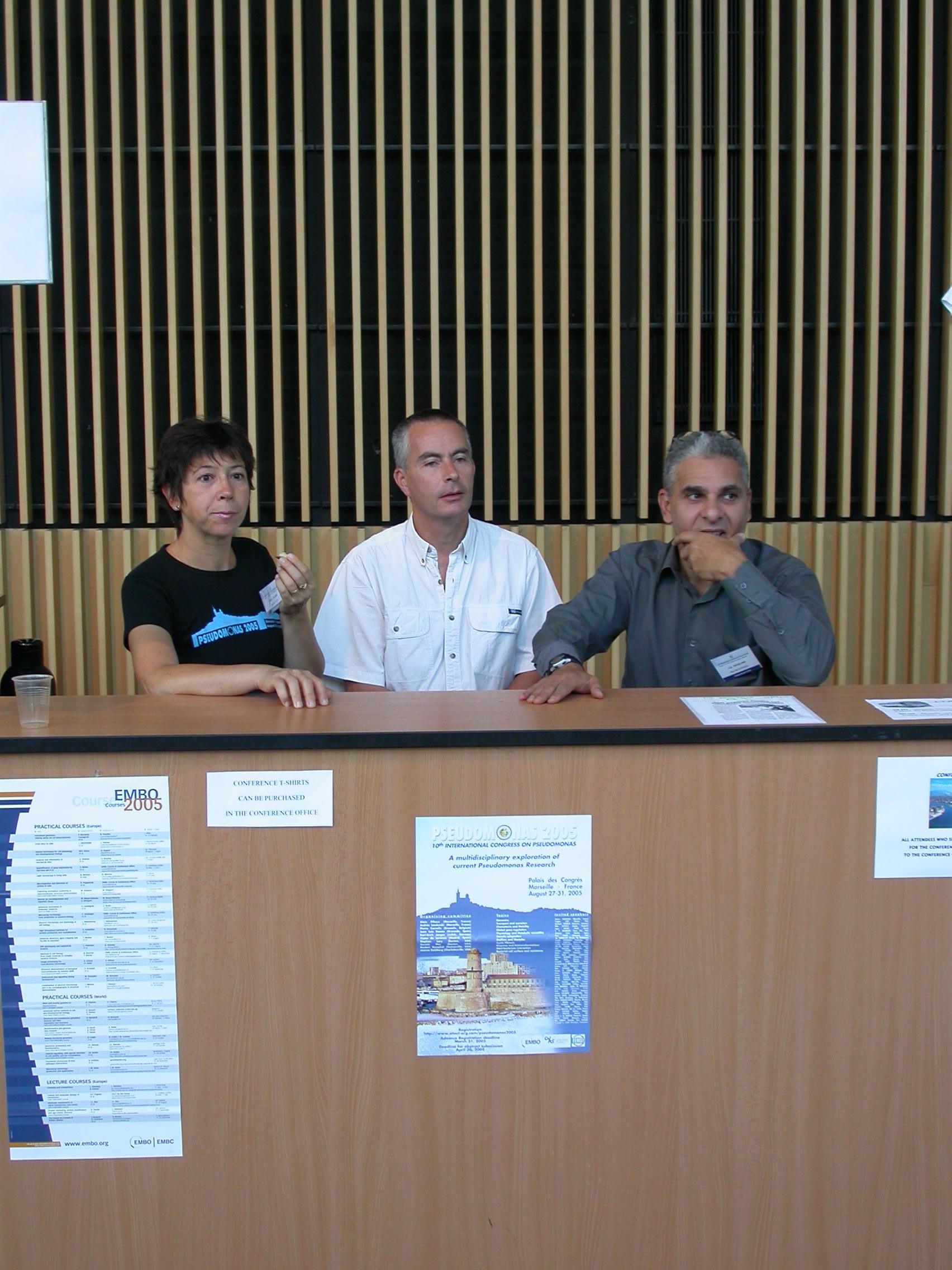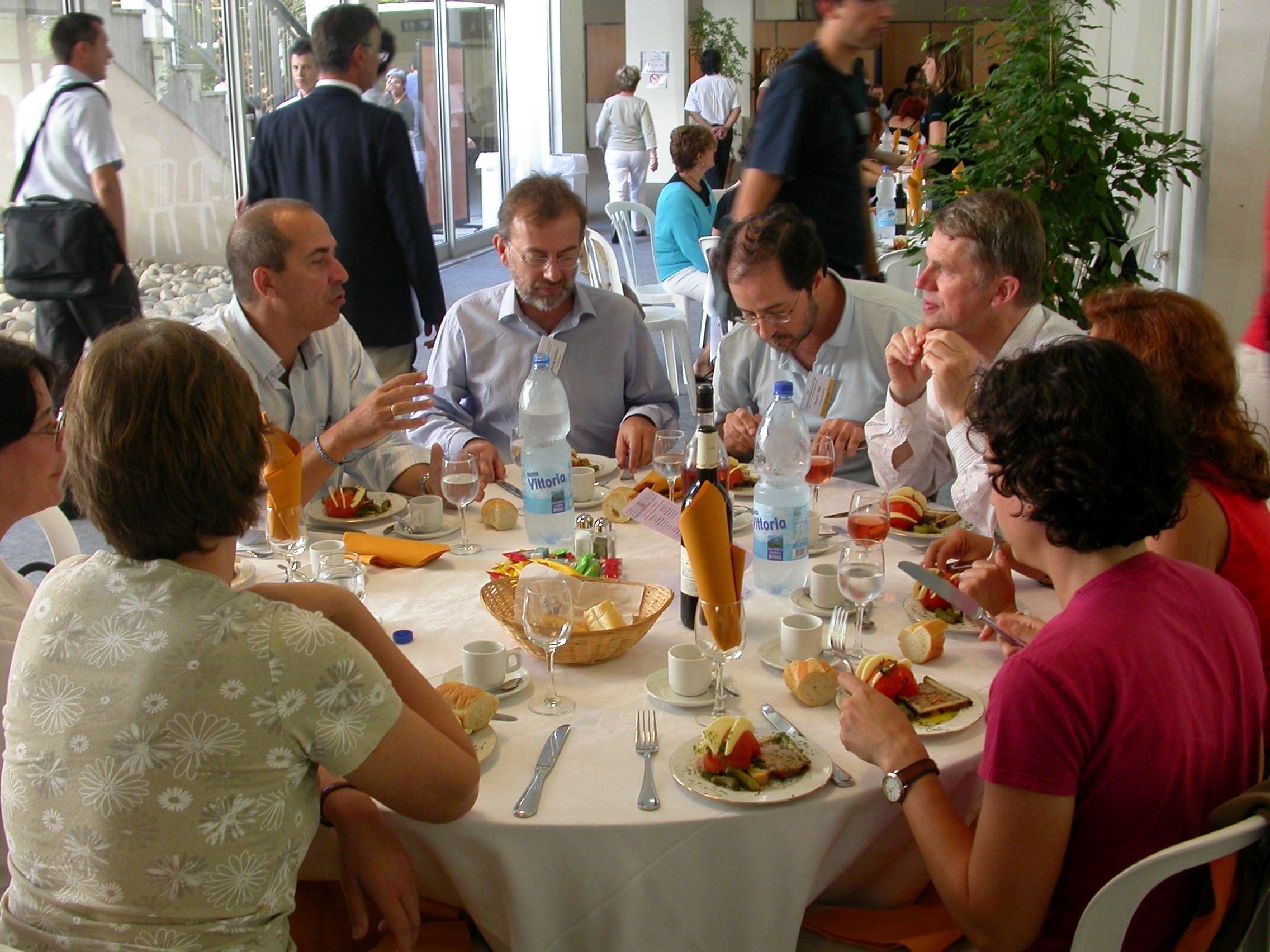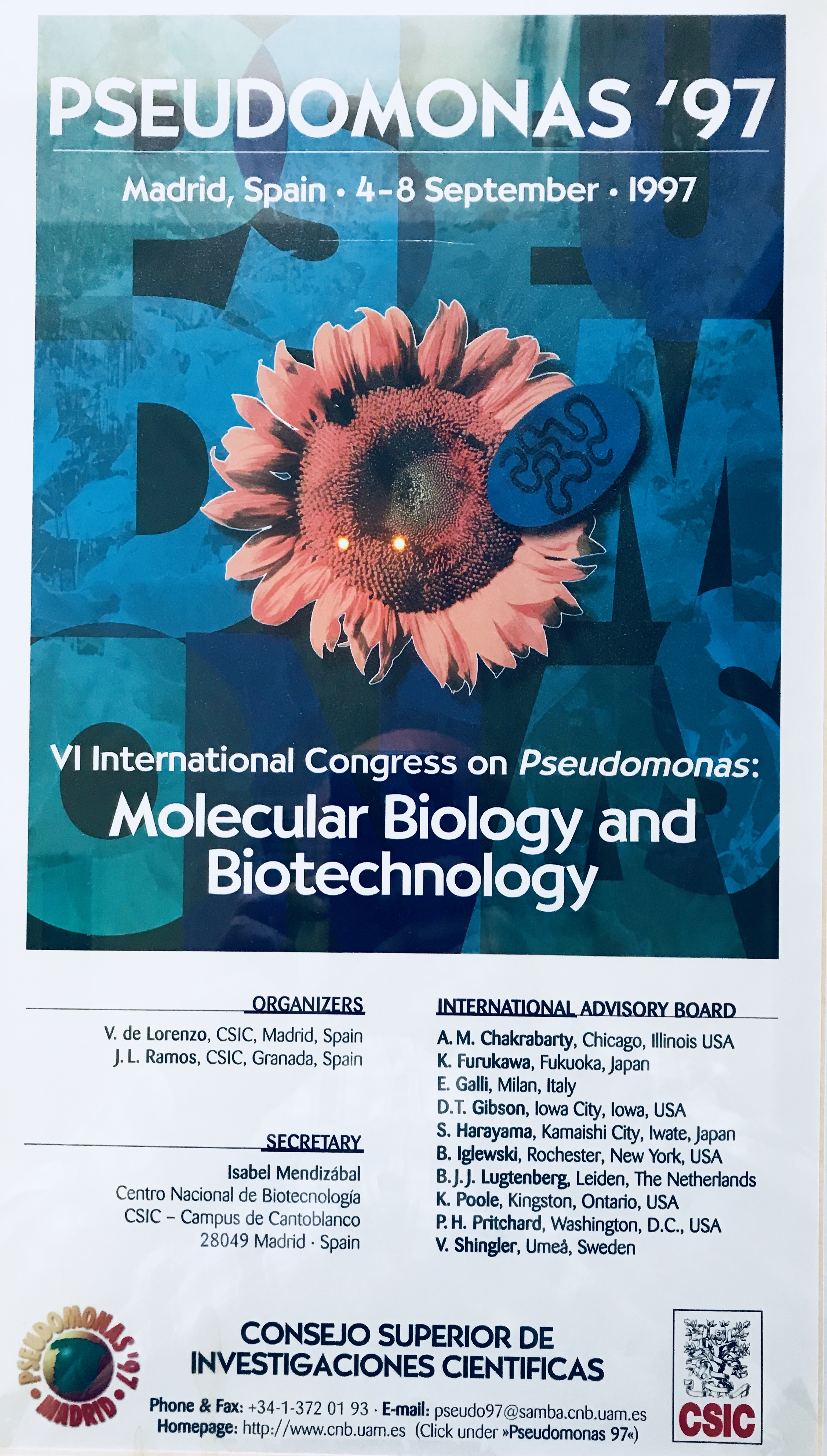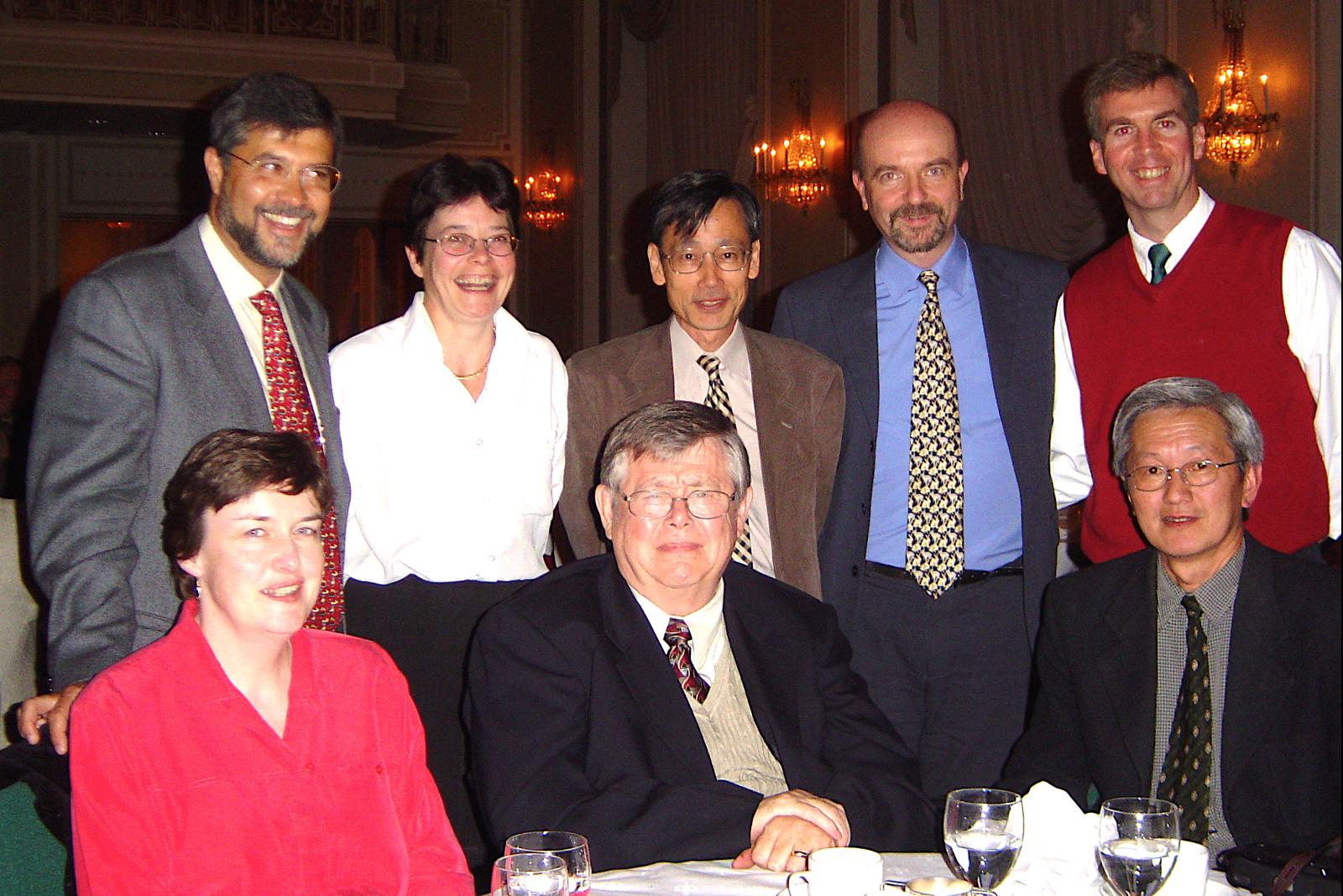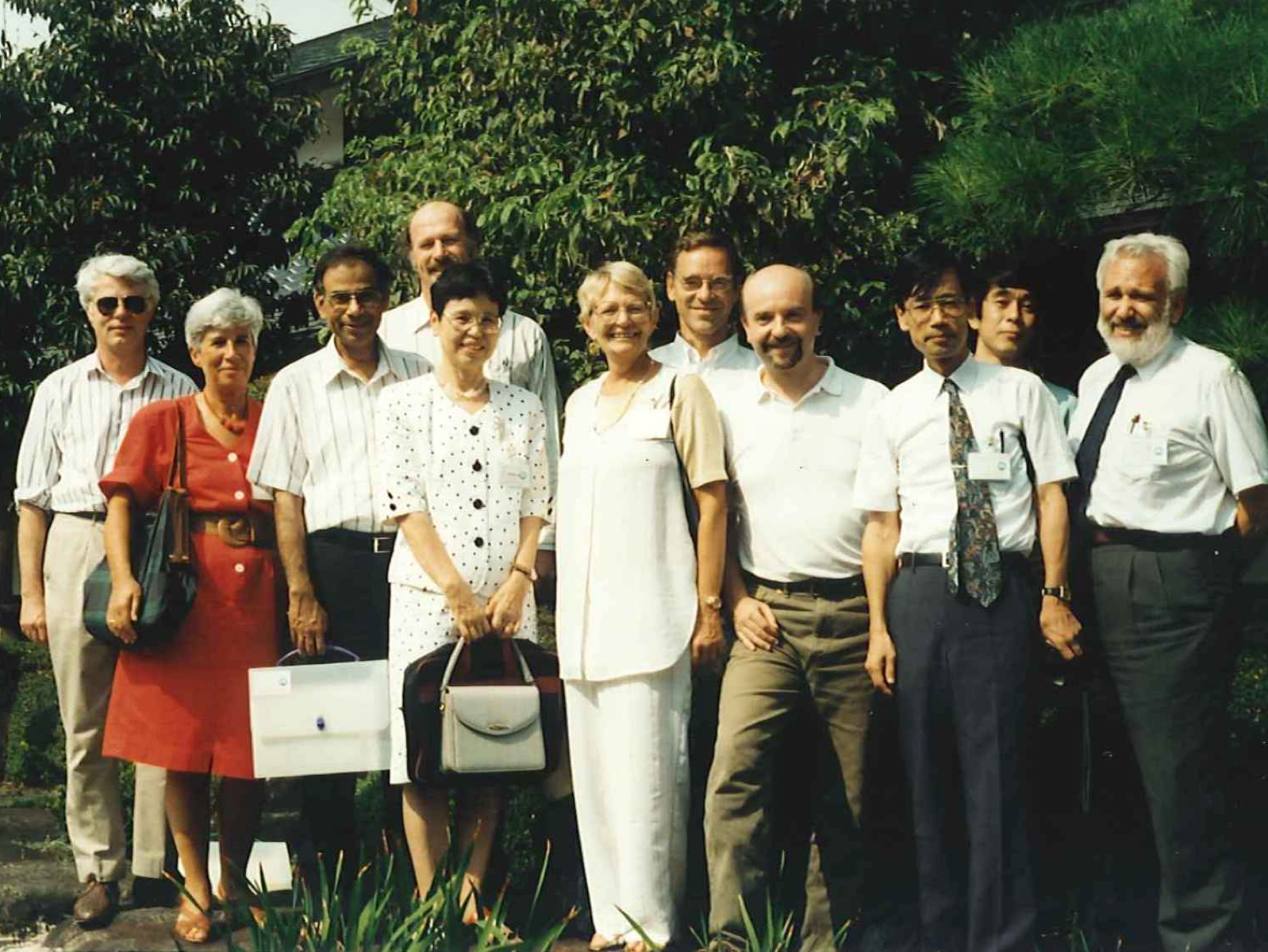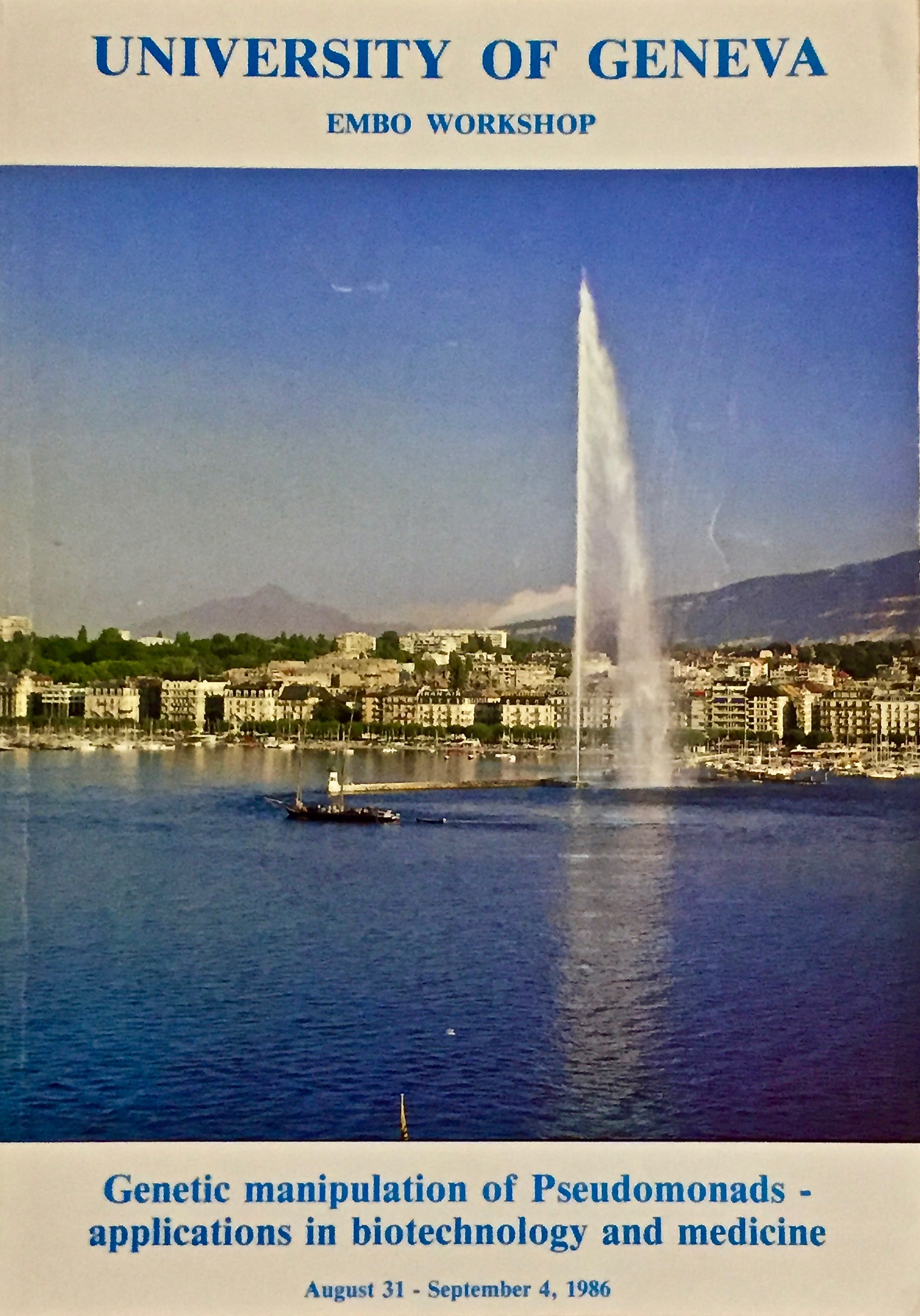Our History
A short history of the Pseudomonas conferences during the last 30 years
Pseudomonads are a topic that attracts researchers from all over the life sciences. These bacteria are nutritionally extraordinarily versatile and are colonizing a wide range of animated and inanimate niches which range from aquatic habitats, soil, and plants to animals and humans. The conference was inaugurated over 35 years (Table 1) to promote academic and social collaborations among all scientists in the research fields of Pseudomonas – the genus that contains human, animal and plant pathogens as well as biocontrol agents. In humans, Pseudomonas aeruginosa causes debilitating outcome including blindness, and death. The intrinsic and emerging antibiotic resistance confounds the ability to eradicate or control P. aeruginosa infections. Currently, the World Health Organization has listed P. aeruginosa in their critical priority list for drug development due to the emergence of multi-drug and pan-drug resistance isolates. In plants, Pseudomonas syringae can cause devastating diseases that can destroy crops such as tomatoes by releasing plant toxin. Interestingly, certain Pseudomonas fluorescens and Pseudomonas putida strains can be used to protect roots of plants against fungi such as Fusarium and Pythium. Pseudomonas putida is exploited for bioremediation due to its ability to degrade naphthalene in contaminated soils, and Pseudomonas stutzeri for degrading carbon tetrachloride. P. putida has also been the workhorse to synthesize compounds for use in pharmaceutics and agriculture. Thus, the Pseudomonas conferences have become a venue for researchers from many disciplines who usually will not meet each other during their academic career.
The Pseudomonas conferences belong to the few regular events that are solely organized by individuals and not by any institution. Initially held as an EMBO workshop in 1986, the Pseudomonas conferences have become a regular biannual event that is hosted by a dedicated Pseudomonas researcher and his local team (Table 1). Many, but not all, conferences were supported by learned societies. Conference proceedings have been published as monographs or – more often – topics emerging at the conferences were presented as primary research papers in Special Issues of, e.g., FEMS Microbiology Letters or Environmental Microbiology.
During the first decade almost, equal shares of contributions were allocated to P. aeruginosa, P. fluorescens, P. putida, P. syringae, and ‘other pseudomonads,’ after that, the type species P. aeruginosa was becoming more and more dominant. First, the rare pseudomonads were getting exotic followed by the P. syringae pathovars with only a minority of P. putida and P. fluorescens research finally persisting in the mainstream centered around topics on P. aeruginosa. In parallel, the meetings were going more and more medical driven by P. aeruginosa being a model organism to study chronic biofilm infections. The focus shifted to pathogenicity, virulence, antimicrobial resistance and infectious disease in man. Although the P. aeruginosa infections in cystic fibrosis airways are the author’s hobby horse, I miss the multidisciplinary character of the early conferences. The first meeting in Geneva has been and still is my favorite. Within the nutshell of Pseudomonas, I became confronted with fascinating stuff from all white, green and red biology ranging from plant pathogens in the mountains of Hawaii, the monitoring of released recombinant bacteria in some remote river in Saskatchewan, amazing metabolizers of halogenated hydrocarbons in polluted soils to the structure-function analysis of exotoxin A. In other words, biotechnologists, plant pathologists, structural and molecular biologists, geneticists and biochemists, environmental and clinical microbiologists, clinicians, basic and applied researchers came together because they shared their common interest having pseudomonads as their primary subject.
Despite the specialization, over time some common themes were present at all conferences. One major topic has been and still is alginate biology. Initially, the enzymes involved in alginate biosynthesis were characterized – one by one – followed by studies on its complex regulation in the context of epidemiology and disease on the one hand and hypothesis-driven wet lab research on the other. Biofilms, motility, chemotaxis, and siderophores are further features of continuous interest at the conferences which were addressed at all levels of basic and applied research ranging from mechanistic and structural studies to biomarker applications in environmental and clinical microbiology.
Genome biology has also been a long-running topic. Initially chromosome maps were generated by genetic mapping of markers exploiting the natural mechanisms of gene exchange of bacteria, i.e., transduction, transformation and conjugation, followed by the construction of low-resolution physical maps in the early 1990s and finally by whole genome sequencing. A highlight at the Maui meeting in 1999 was the presentation of the P. aeruginosa PAO1 genome sequence. Thereafter, the genome sequences of reference strains of other relevant Pseudomonas taxa and the diversity of the accessory genome regarding mobile genomic islands were investigated. With the advent of second-generation sequencing technologies about ten years ago, genomics could speed up. Pangenomes were constructed, and population genomics scanned genome diversity – globally or in specific niches with antimicrobial resistance and the microevolution of P. aeruginosa in cystic fibrosis airways being significant topics of interest.
The secretion systems have been another continuously evolving theme. The first conferences dealt with Type I and Type II secretion systems followed in the late 1990s by waves of type III secretion systems and another ten years later by those of type VI secretion systems the latter is still a hot topic of current Pseudomonas research.
Signaling and social microbiology emerged in the mid-1990s. Starting with homoserine and quinolone signaling, more and more complex signaling networks were elucidated over the years. Highlights of the 2000 – 2010 conferences were the discoveries of regulatory non-coding RNAs and c-di-GMP and GacS/GacA/rsmZ signal transduction pathways. For example, genome-wide transcriptional profiling resolved a signaling network that reciprocally regulates genes associated with acute infection and chronic persistence in P. aeruginosa.
I would like to conclude my overview of the history of the Pseudomonas conference with a tribute to a plasmid (and thus to Ken Timmis, Juan Ramos, and Victor de Lorenzo and colleagues who organized the first conference in Geneva): the TOL plasmid. TOL allows mineralization of toluene and m-xylene. During biodegradation, an intermediate is synthesized and converted into a toxic dead-end product. The Pseudomonas researchers have resolved the transcriptional control circuit how the cells protect themselves from generating this harmful compound. By listening to the talks of their peers at successive Pseudomonas conferences, the attendees could experience the advances in knowledge over the years which has made TOL the best-understood catabolic plasmid.
I look forward to the upcoming Pseudomonas 2019 conference which will strive to create an excellent balance of (1) coverage of various species and their role (2) disease mechanisms, and (3) participation of young and old generations from all over the world.
Burkhard Tümmler, Hannover Medical School, Germany
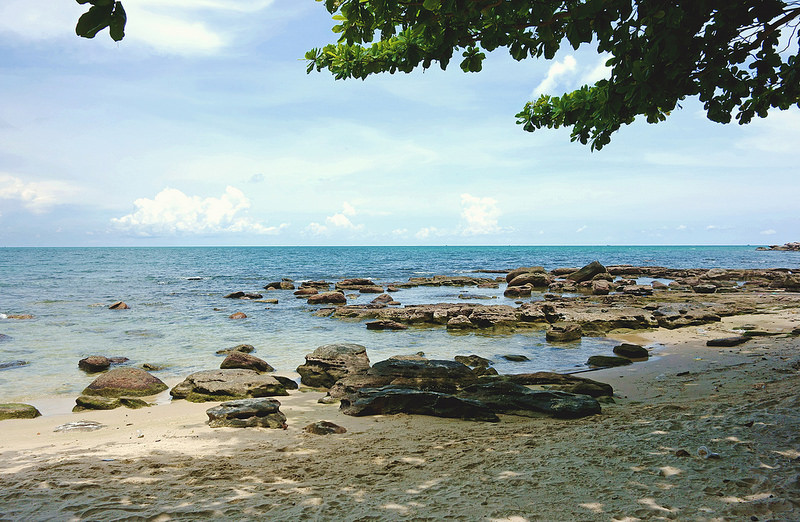
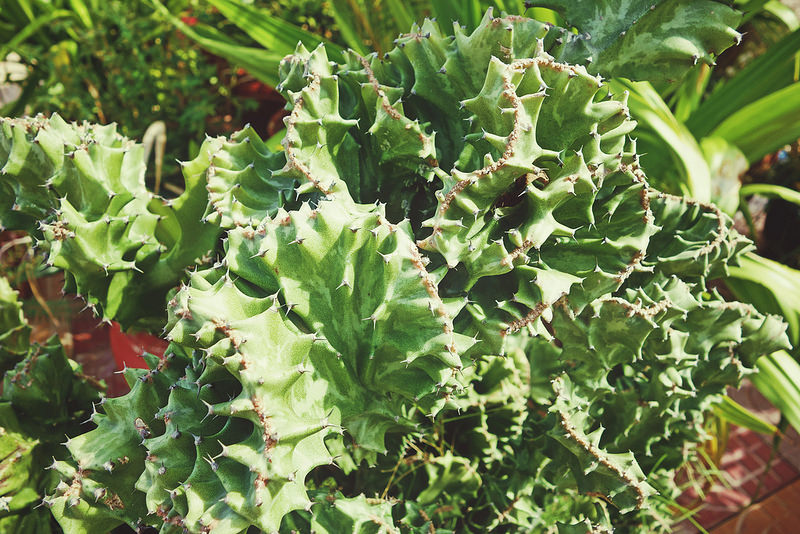

Table 1: Chairs and location of the Pseudomonas conferences
| No | Organizing Chair | Conference Year | Location |
|---|---|---|---|
| 17 | Kalai Mathee | 2019 | Kuala Lumpur, Malaysia |
| 16 | Craig Winstanley | 2017 | Liverpool, UK |
|
|
|||
| 15 | Dennis Ohman | 2015 | Washington DC, USA |
| 14 | Dieter Haas | 2013 | Lausanne, Switzerland |
| 13 | Cynthia Whitchurch | 2011 | Sydney, Australia |
| 12 | Burkhard Tümmler | 2009 | Hannover, Germany |
| 11 | Caroline Harwood | 2007 | Seattle, USA |
| 10 | Alain Filloux | 2005 | Marseille, France |
|
|
|||
| 9 | Roger Levesque | 2003 | Quebec City, Canada |
| 8 | Pierre Cornelis | 2001 | Brussels, Belgium |
| 7 | Joanna B. Goldberg | 1999 | Maui, USA |
| 6 | Victor de Lorenzo | 1997 | Madrid, Spain |
|
|
|||
| 5 | Teruko Nakazawa | 1995 | Tsukuba City, Japan |
| 4 | Robert Hancock | 1993 | Vancouver, Canada |
|
|
|||
| 3 | Enrica Galli | 1991 | Trieste, Italy |
| 2 | Ananda Chakrabarty | 1989 | Chicago, USA |
| 1 | Kenneth Timmis | 1986 | Geneva, Switzerland |
|
|
|||
